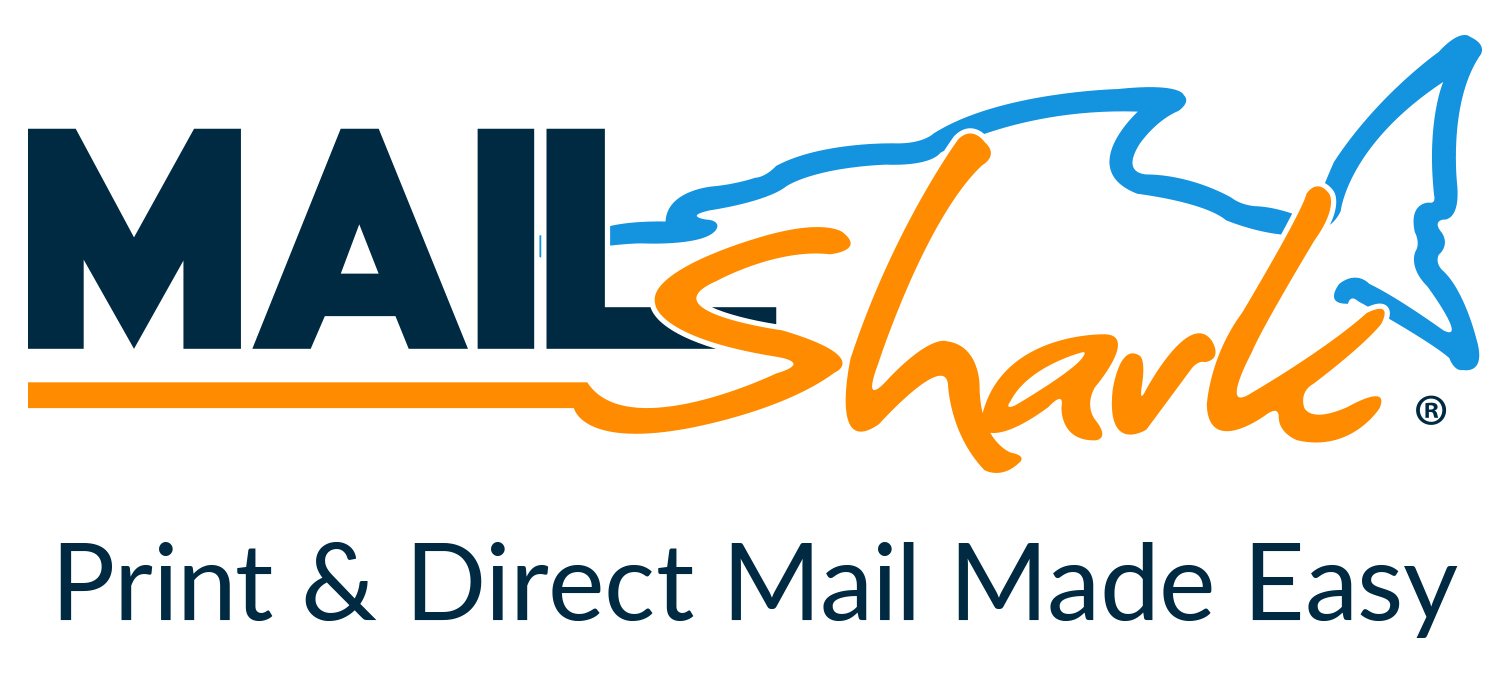Clips and Fasteners ---- Grrr... they can get the best of you
-
Have you checked out Joe's Latest Blog?
-
By Joe Marconi in Joe's Blog5 commentsI recently spoke with a friend of mine who owns a large general repair shop in the Midwest. His father founded the business in 1975. He was telling me that although he’s busy, he’s also very frustrated. When I probed him more about his frustrations, he said that it’s hard to find qualified technicians. My friend employs four technicians and is looking to hire two more. I then asked him, “How long does a technician last working for you.” He looked puzzled and replied, “I never really thought about that, but I can tell that except for one tech, most technicians don’t last working for me longer than a few years.”
Judging from personal experience as a shop owner and from what I know about the auto repair industry, I can tell you that other than a few exceptions, the turnover rate for technicians in our industry is too high. This makes me think, do we have a technician shortage or a retention problem? Have we done the best we can over the decades to provide great pay plans, benefits packages, great work environments, and the right culture to ensure that the techs we have stay with us?
Finding and hiring qualified automotive technicians is not a new phenomenon. This problem has been around for as long as I can remember. While we do need to attract people to our industry and provide the necessary training and mentorship, we also need to focus on retention. Having a revolving door and needing to hire techs every few years or so costs your company money. Big money! And that revolving door may be a sign of an even bigger issue: poor leadership, and poor employee management skills.
Here’s one more thing to consider, for the most part, technicians don’t leave one job to start a new career, they leave one shop as a technician to become a technician at another shop. The reasons why they leave can be debated, but there is one fact that we cannot deny, people don’t quit the company they work for, they usually leave because of the boss or manager they work for.
Put yourselves in the shoes of your employees. Do you have a workplace that communicates, “We appreciate you and want you to stay!”
-
-
Similar Topics
-
By nptrb
Premium Member Content
This content is hidden to guests, one of the benefits of a paid membership. Please login or register to view this content.
-
By Transmission Repair
Premium Member Content
This content is hidden to guests, one of the benefits of a paid membership. Please login or register to view this content.
-
By carmcapriotto
This week on the ARM Podcast Brian talks about why stock website content doesn’t work. In this episode you’ll learn what he means by stock content, why it doesn’t work, whether or not it hurts you to have stock content on your website, and how to tell if you have it on your website.
Thank you to RepairPal for sponsoring The Auto Repair Marketing Podcast. Learn more about RepairPal at https://repairpal.com/shops
Show Notes with Timestamps
What is stock content? Stock content is duplicate content Stock content is generic content Does stock content help? How do you know if your website has stock content?
How To Get In Touch
Group - Auto Repair Marketing Mastermind
Website - shopmarketingpros.com
Facebook - facebook.com/shopmarketingpros
Get the Book - shopmarketingpros.com/book
Instagram - @shopmarketingpros
Questions/Ideas - [email protected]
Click to go to the Podcast on Remarkable Results Radio

-
By carmcapriotto
Recorded Live at the 2024 MACS (Mobile Air Climate Systems) Training Event & Trade Show, shop owner Bill Snow discusses marketing strategies, the use of social media platforms, and the importance of authenticity in video marketing. Bill shares insights on audience preferences for lighthearted content and emphasizes professionalism and the value of every customer interaction in reflecting the business's dedication to service.
Digital Marketing Class (00:01:41) Bill Snow discusses the upcoming digital marketing class at MACS and his approach as a shop owner teaching digital marketing. Importance of Google Reviews (00:03:11) Bill Snow highlights the increasing importance of Google reviews and the impact on search results for potential customers. Asking for Reviews and Follow-Up (00:03:49) Bill Snow explains the process of asking for reviews and the importance of follow-up calls to clients. Deferred Work and Client Follow-Up (00:04:34) Bill Snow discusses the practice of following up on deferred work and its impact on client relationships and future appointments. CRM and Marketing Campaigns (00:06:21) Bill Snow explains the use of CRM for deferred work notifications and the implementation of marketing campaigns based on weather and other factors. Hands-Free Scheduling and QR Codes (00:07:47) Bill Snow discusses the use of QR codes for hands-free scheduling and the integration with the shop management system. Elevating Professionalism in the Industry (00:10:32) Carm Capriotto and Bill Snow discuss the importance of elevating the professionalism of the industry and the impact of job titles on attracting talent. Neighborhood-Based Social Media Marketing (00:12:47) Bill Snow describes the shift towards more fun and neighborhood-based social media marketing for Rad Air's ten stores. Celebrating People and Life on Social Media (00:14:19) Bill Snow emphasizes the importance of showcasing the people side of the business and celebrating employees and clients on social media. The Neighborhood Professional Service Center (00:17:34) Carm shares the concept of the "Neighborhood Professional Service Center" and its importance in the industry. Social Media Strategy (00:18:14) Bill Snow discusses the role of different social media platforms, including Twitter, TikTok, Instagram, and YouTube, in their marketing strategy. YouTube Content and Racing Team (00:18:32) Bill Snow explains their YouTube content strategy, including shorts and in-depth videos, and how they showcase their racing team. Video Marketing and Authenticity (00:19:52) The importance of genuine and unedited videos in building connections with customers and clients is discussed. Consumer, Customer, and Client (00:19:58) Bill Snow explains the distinctions between consumers, customers, and clients, and how they impact marketing and relationships. Creating Engaging Content (00:21:23) Bill Snow shares insights into the type of content that resonates with their audience and the importance of hiring someone with a different perspective. Point of View (POV) Videos (00:22:27) The rising trend of point of view (POV) videos, particularly in the context of technicians showcasing tasks like oil changes, is discussed. Enhancing Customer Experience (00:26:18) Bill Snow describes their approach to creating a positive experience for new clients, including personalized welcome bags and additional services. Client Experience Manager (00:27:11) The role of a client experience manager in ensuring quality control and enhancing the overall customer experience is explained. Professionalism and Image Building (00:30:24) The importance of professionalism and creating a positive image for auto repair shops, as well as the role of digital marketing in their 2024 strategy, is highlighted.
Thanks to our Partners, AAPEX and NAPA TRACS Set your sights on Las Vegas in 2024. Mark your calendar now … November 5th-7th, 2024. AAPEX - Now more than ever. And don’t miss the next free AAPEX webinar. Register now at http://AAPEXSHOW.COM/WEBINAR NAPA TRACS will move your shop into the SMS fast lane with onsite training and six days a week of support and local representation. Find NAPA TRACS on the Web at http://napatracs.com/ Connect with the Podcast: -Follow on Facebook: https://www.facebook.com/RemarkableResultsRadioPodcast/ -Join Our Private Facebook Community: https://www.facebook.com/groups/1734687266778976 -Subscribe on YouTube: https://www.youtube.com/carmcapriotto -Follow on LinkedIn: https://www.linkedin.com/in/carmcapriotto/ -Follow on Instagram: https://www.instagram.com/remarkableresultsradiopodcast/ -Follow on Twitter: https://twitter.com/RResultsBiz -Visit the Website: https://remarkableresults.biz/ -Join our Insider List: https://remarkableresults.biz/insider -All books mentioned on our podcasts: https://remarkableresults.biz/books -Our Classroom page for personal or team learning: https://remarkableresults.biz/classroom -Buy Me a Coffee: https://www.buymeacoffee.com/carm -The Aftermarket Radio Network: https://aftermarketradionetwork.com -Special episode collections: https://remarkableresults.biz/collections
Click to go to the Podcast on Remarkable Results Radio
-
-
Our Sponsors





.thumb.jpg.2b345efc275b9df0af2bbb306a10a78a.jpg)













Recommended Posts